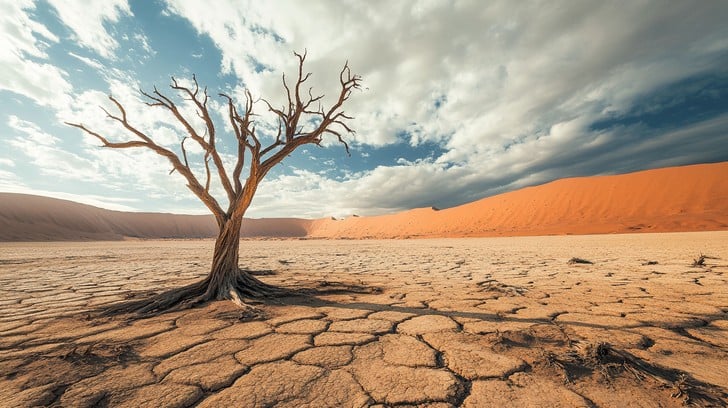ranchosantafenow.net – Deserts are often perceived as barren wastelands where life struggles to survive. However, these arid lands are teeming with a surprising diversity of life forms that have adapted to the harsh conditions. Exploring desert ecosystems reveals an intricate balance of life, showcasing unique adaptations and interactions among plants, animals, and the environment.
The Harsh Reality of Desert Climates
Deserts are characterized by their extreme temperatures and scarce rainfall. These conditions create a challenging environment for life, with temperatures soaring during the day and plummeting at night. The lack of water is a significant limiting factor, shaping the survival strategies of desert inhabitants. Despite these challenges, many species have developed remarkable adaptations to thrive in these conditions.
Unique Plant Adaptations
Desert plants have evolved various strategies to conserve water and survive in arid conditions. Succulents, such as cacti, store water in their thick, fleshy tissues, allowing them to endure long periods without rainfall. Other plants, like the creosote bush, have small, waxy leaves that reduce water loss. Some desert plants are ephemeral, completing their life cycle rapidly after a rare rain to take advantage of the brief availability of water.
Animal Survival Strategies
Animals in the desert also exhibit fascinating adaptations. Many are nocturnal, avoiding the scorching daytime heat by being active at night. Reptiles, such as lizards and snakes, have scales that minimize water loss, while mammals like the kangaroo rat have highly efficient kidneys that conserve water. Birds, such as the roadrunner, have adapted to extract moisture from the food they eat, reducing their dependency on free-standing water.
The Role of Microorganisms
While often overlooked, microorganisms play a crucial role in desert ecosystems. Cyanobacteria form biological soil crusts that help prevent erosion and retain moisture. These microorganisms also contribute to nutrient cycling, supporting plant life and, in turn, the animals that depend on these plants for food.
Human Impact and Conservation
Desert ecosystems face threats from human activities, including land development, mining, and climate change. These activities can disrupt the delicate balance of life, leading to habitat loss and species decline. Conservation efforts are crucial to preserving these unique ecosystems. Protecting desert lands, promoting sustainable land use, and raising awareness about the importance of deserts are essential steps in ensuring their survival.
Conclusion
Deserts are far from lifeless; they are vibrant ecosystems with a rich tapestry of life that has adapted to survive in one of the planet’s most extreme environments. By exploring and understanding desert ecosystems, we gain insight into the resilience of life and the importance of preserving these unique landscapes for future generations.
